
Filters
Filters are a list of all the possible attributes attached to a set of items.
When a customer executes a search or browses a category, WebAlliance will figure out the attributes that could be chosen from all the possible attributes and will generate a list of options for the user to select. The user can normally select one or more attributes that will filter their search results.
Modules
Modules can include almost any kind of functionality. WebAlliance has a function called “Featured Filters” that allows you to select from the available filters per-category and show them in a featured way (above the product listing). This achieves a couple of things:
Attributes
Attributes are defined at the CATEGORY level.
In this example, we have Categories of:
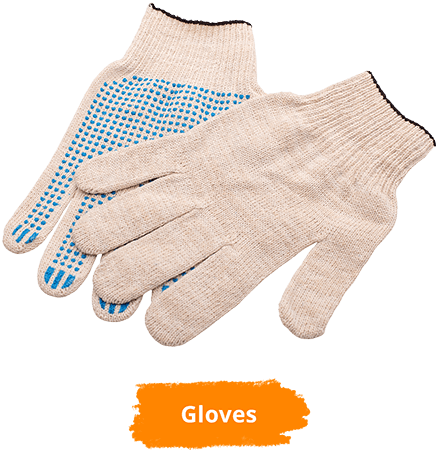
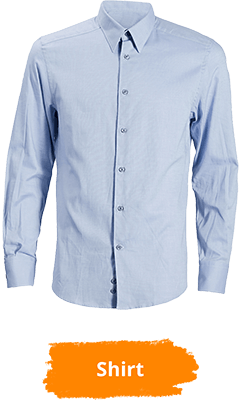
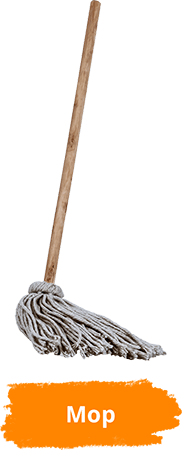
For Gloves, (in the PIM) we tell it the attribute definitions for everything we call a Glove is: Color, Size, Palm Material.
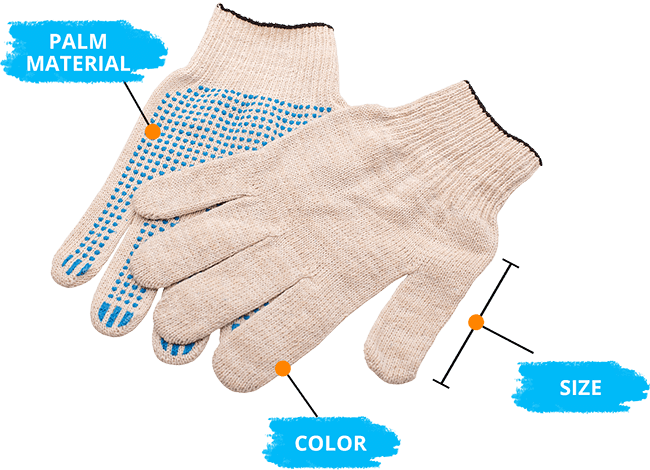
For Shirts, (in the PIM) we tell it the attribute definitions for everything we call a Shirt is: Size, Material, Color, Sleeve Length.
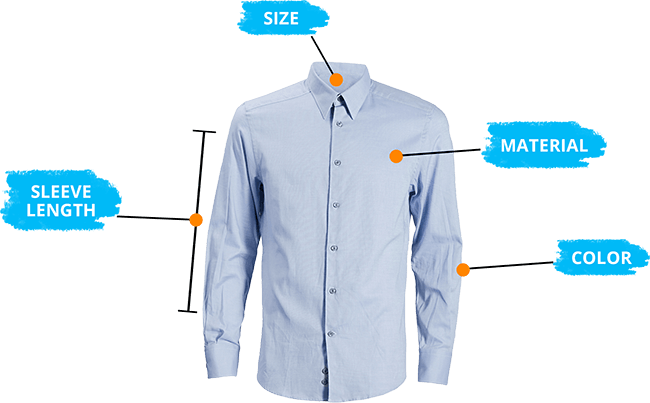
For Mops, (in the PIM) we tell it the attribute definitions for everything we call a Mop is: Typical Use (can have more than one value), Mop Head Width, Mop Material.
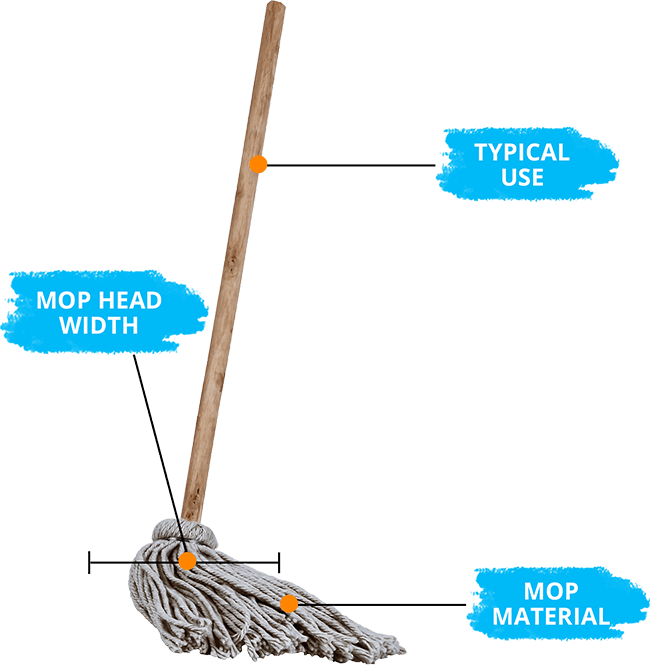
Attributes are attached at the item level
What is important to understand is that the attributes "attach" to an item regardless of category. That means if you were to place an item in BOTH the gloves AND the shirts category, the PIM would help you manage the attributes you defined based on whichever category you were in. When you get online, the attributes from all applicable categories would be part of that item.
This makes sense because when items are placed in a true category, the attributes that you attach to the item represent the item and are valid for the item, regardless of what category they were defined in.


